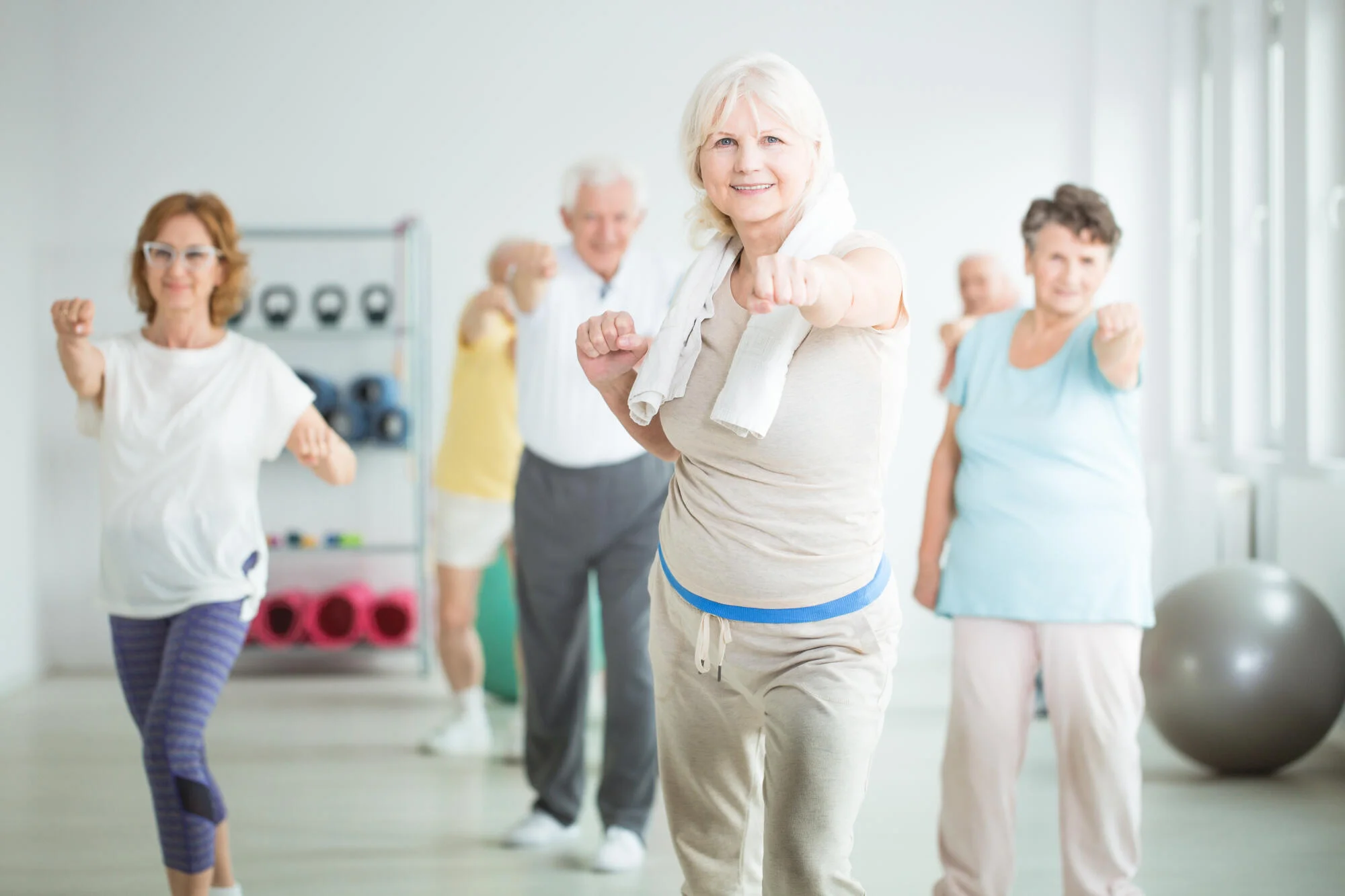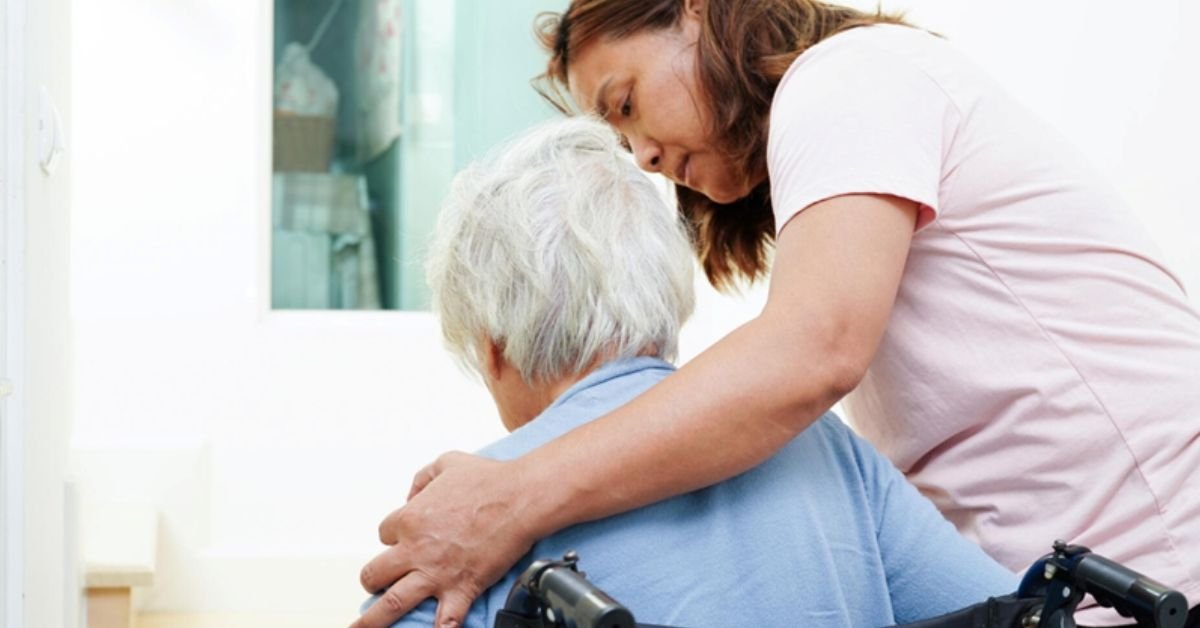Health
Safety Tips for Starting a Mixed Cardio Routine in Senior Living

Staying active is a vital part of maintaining good health, especially as we age. Mixed cardio routines can be an excellent way for seniors to stay fit, healthy, and energetic. These routines combine different cardio exercises, like walking, swimming, and cycling. They can keep workouts fun and engaging.
However, it’s important to consider safety first when starting a new workout routine. This article will share tips for seniors who want to add mixed cardio to their workouts.
Consult Your Doctor
Before beginning any new exercise regimen, it’s crucial to have a conversation with your doctor. Your physician can check your health and any chronic conditions. They can recommend safe, beneficial exercises for you.
Whether you’re at home, in retirement living in Boca Raton, FL, or any other area, you may have access to an on-site gym or fitness center. Before utilizing these facilities, consult with your doctor to ensure that it’s safe for you.
They may also provide guidance on how to gradually increase your activity level to prevent injury or over-exertion. Always follow your doctor’s advice and check in regularly to monitor your progress.
Start Slow and Build Gradually
When starting a mixed cardio routine, begin slowly. Gradually increase the intensity and duration of your workouts. Begin with shorter sessions, such as 5 to 10 minutes, and slowly add more time as you become more comfortable and build your stamina.
This approach will help your body adjust to the new activity and reduce the risk of injury. Listen to your body and avoid pushing yourself too hard; it’s okay to take breaks and rest when needed.
Warm Up and Cool Down
Warming up before exercising and cooling down afterward are essential parts of any workout routine. A proper warm-up prepares your muscles and joints for physical activity and can prevent injuries. Simple activities like walking slowly or performing gentle stretches can serve as an effective warm-up.
In a similar vein, cooling down facilitates your body’s progressive transition back to rest, which eases stiffness and soreness in your muscles. It can be really beneficial to take a few minutes after your workout to stretch or walk slowly.
Stay Hydrated
Proper hydration is important at any age, but it’s especially critical for seniors participating in cardio exercises. Dehydration can lead to dizziness, confusion, and other serious health issues.
Make sure to drink water before, during, and after your workouts, particularly if you are exercising in warm weather. Keep a water bottle handy and take regular sips throughout your exercise routine to stay hydrated.
Monitor Your Heart Rate
Keeping track of your heart rate during exercise can help you stay within a safe and effective range. Many fitness trackers and smartwatches can monitor your heart rate, or you can manually check your pulse.
Your doctor can help you determine a safe heart rate range for your workouts based on your age and health conditions. Staying within this range will help you get the most benefit from your exercise without overexerting yourself.
Prioritizing Safety for an Enjoyable Mixed Cardio Experience in Senior Living
By following these safety tips, seniors can build a mixed cardio routine that fosters good health and well-being while minimizing the risk of injury. Remember to consult with your doctor, start gradually, and pay attention to your body’s signals. With the right approach, staying active can be a rewarding and safe part of your daily life. As we age, it becomes even more important to prioritize safety when engaging in physical activity.
For more on this topic, visit the rest of our blog!
Health
Integrating Peptide Supplementation into a Balanced Wellness Routine

Looking for simple ways to feel better and support your body every day?
Peptide supplementation might be the answer you need. These small proteins help support many body functions like muscle growth, energy, and better sleep.
Adding peptides to your daily wellness routine can help you feel stronger and healthier without making big changes. Below, you’ll find six easy ways to make them part of your routine.
Start Your Morning Right
Begin your day with peptide supplementation before breakfast. Taking them on an empty stomach may help with better absorption. Make it a habit like brushing your teeth or drinking water.
This simple step helps support your body’s natural processes throughout the day. Keeping a small reminder on your phone can help you stay consistent. A strong morning start leads to better energy and focus.
Add to Your Post-Workout Routine
After a workout, your body needs time and tools to recover. Adding peptides after exercise may support muscle repair. They can be mixed into shakes or taken with water.
This is one of the best times for your body to benefit from them. Peptides for recovery can be especially helpful when paired with stretching and hydration. Use them within an hour after your workout for best results.
Pair with Healthy Meals
Taking peptides with a balanced meal helps support overall wellness. It can become a normal part of lunch or dinner time. Keep your meals rich in protein, vegetables, and whole grains.
This pairing can work together to support metabolism and strength. It also makes it easier to remember your supplements. Simple habits like this help you stay on track.
Use with a Nighttime Routine
Evenings are great for winding down and taking care of your body. Peptide supplementation before bed may help with sleep and recovery. Keep it near your toothbrush or nightstand as a reminder.
The body works to repair itself during sleep, so this is a helpful time to use peptides. A calm bedtime routine adds even more wellness benefits. Getting enough rest is key to feeling better every day.
Support Your Immune System
Wellness means staying strong all year round. Peptides can help support your immune system when used regularly. Add them during times when your body feels run down.
They work best when paired with good sleep, hydration, and a healthy diet. You don’t need to change much-just be consistent. This small step can help your body fight off stress and sickness.
Keep Track of Your Progress
It’s helpful to track how you feel after adding peptides. Write down your energy levels, sleep, or workout results each week. This helps you see what works best for your body.
It also reminds you to stay on schedule. Keeping a journal or using an app makes this simple. Small changes over time can lead to big results.
Integrate Peptide Supplementation into a Balanced Wellness Routine
Peptide supplementation can be a simple, helpful part of your health routine. With small steps each day, you can support energy, rest, and strength. Whether it’s morning or night, or after your workouts, there’s always a way to fit it in.
Keep your routine easy and steady for the best results. Remember, wellness doesn’t need to be hard-it just needs to be consistent.
CLICK HERE FOR MORE BLOG POSTS
Health
How to Choose a Comfortable Living Option for Seniors

Choosing the right living option for seniors is a significant decision that can affect the quality of life. As families navigate through the various options, understanding the available choices becomes essential.
Seniors prefer to age in their homes if possible. However, when living on their own becomes challenging, having a clear understanding of comfortable and supportive living arrangements is crucial.
In this article, we’ll explore a detailed guide on selecting the ideal living arrangements for seniors, focusing on comfort, safety, and community support.
Understanding Different Living Options
When thinking about places for seniors to live, there are a few main choices to look at. Independent living is great for older adults who are still active and want to live on their own, but also enjoy fun activities with others.
Assisted living helps with daily tasks like getting dressed, taking medicine, or bathing. This is while still letting seniors do what they can on their own.
Retirement communities are made for people who have stopped working and want to enjoy life with others their age. Nursing homes are best for seniors who need medical care all the time and need help from nurses every day.
Each of these options has distinct features that cater to different needs. Understanding these differences enables families to select the best fit for their loved ones.
Assessing Comfort and Safety
When choosing a place for a senior to live, comfort and safety are very important. The home should be easy to move around in, especially for someone who uses a cane or wheelchair. It should have safety features like handrails, emergency buttons, and bright lights in hallways.
There should also be enough space for personal things and to feel comfortable. It’s also nice if there are chances to make friends and join fun activities. All these things help make life happier and safer for older adults.
Exploring Community Options
Spending time with others is very important for seniors’ emotional health. You might be surprised to know that feeling lonely can actually make someone sick. That’s why it’s a good idea for seniors to live in places where they can talk to people and make friends.
Some communities have fun events like games, trips, and clubs. They also offer opportunities to help others or join support groups. Being around friends and having fun can make seniors feel much happier and healthier.
Finding the Right Fit
Ultimately, the choice of living options for seniors should align with the individual’s lifestyle, preferences, and requirements. Consulting with family members and professionals may also provide useful insights. Don’t hesitate to visit potential communities to grasp the atmosphere and amenities offered.
For instance, Brooklyn’s turn-key senior residences offer an environment that combines comfort, convenience, and community support. This makes them a compelling option for many seniors.
Making a Unique Choice for Seniors
Picking the best place for a senior to live is a kind and caring choice. When families think about safety, comfort, and making friends, they help their loved ones live a happy and full life.
Many helpful places can be found in different cities, so it’s important to look at all the options. Whether it’s assisted living, independent living, or retirement communities, learning about each type helps families make smart choices and keeps seniors smiling.
Health
Effective Communication Strategies in Senior Care

Talking with seniors the right way can make all the difference. Good communication builds trust, brings comfort, and helps caregivers understand what older adults need. It also makes seniors feel heard and respected. Whether you’re a family member or a caregiver, learning how to talk clearly and kindly is key.
If you want to connect better and give the best care, start by improving how you speak and listen. Keep reading to learn simple ways to make conversations more helpful and caring.
Listen First, Talk Second
Listening is one of the best ways to show you care. When seniors talk, give them time to finish their thoughts. Don’t rush or interrupt. Look them in the eyes and pay attention to what they say. Sometimes, they may just want someone to hear them. By listening closely, you learn more about how they feel and what they need.
When people feel heard, they feel valued. That builds trust and helps both the senior and the caregiver work together more easily.
Speak Slowly and Clearly
As people age, hearing and understanding words can become harder. Speak in a calm, gentle voice. Use simple words. Give them time to take in what you’re saying. If they don’t understand right away, try saying it another way without raising your voice.
Don’t talk to them like they’re children. Use respect in your tone. Treat every senior like an adult with wisdom and experience. That kind of respect builds strong and kind relationships.
Use Body Language
Words are only part of how we talk. The way you stand, your facial expression, and your hands all say something too. A warm smile or a soft touch on the hand can help someone feel safe and calm. If a senior has trouble hearing, pointing or showing things with your hands can help explain your message.
When seniors live with memory loss, non-verbal cues become even more important. A friendly look or nod may help them understand what you mean, even if they forget some words.
Be Patient and Kind
Some seniors may take more time to respond. Others may forget things or repeat themselves. This can be hard, but staying patient helps both of you. Try not to show frustration. Take a breath, smile, and keep the moment calm.
Your kindness shows you care, even when words are hard to find. That feeling stays with them, even if they forget the details of the talk. If you’re looking to give the best care or support for a loved one, now might be the time to explore assisted living options in Corona Del Mar to ensure comfort and better communication every day.
Speak with Heart and Respect
Communication in senior care is more than just talking. It’s about building trust, showing love, and truly understanding one another. When you listen well, speak clearly, and treat seniors with respect, you help them feel safe, strong, and supported.
A kind voice can brighten their day and make care feel like connection. Start today, and let your words bring comfort and care. Expand your knowledge and check out more posts on our blog!
-

 Entertainment11 months ago
Entertainment11 months agoSandra Orlow: Exploring the Life and Legacy of a Cultural Icon
-

 General7 months ago
General7 months agoBaby Alien Fan Bus: Watch Parts 2 & 3 on Twitter, Reddit!
-

 General7 months ago
General7 months agoDiana Nyad & Bart Springtime: A Swim to Success
-

 Business12 months ago
Business12 months agoTex9.Net Crypto: Fast, Secure International Money Transfers with Competitive Rates
-

 Business1 year ago
Business1 year agoWhat is O Farming: How to Make Money Online and Its Start-Up Benefits
-

 Business12 months ago
Business12 months agoSnapchat Planets: Exploring Your Streak Universe
-

 General10 months ago
General10 months agoDeeper Dive into myfavouriteplaces. org:// blog
-

 Business1 year ago
Business1 year agoFintechZoom Apple Stock: Real-Time Insights and Expert Analysis
